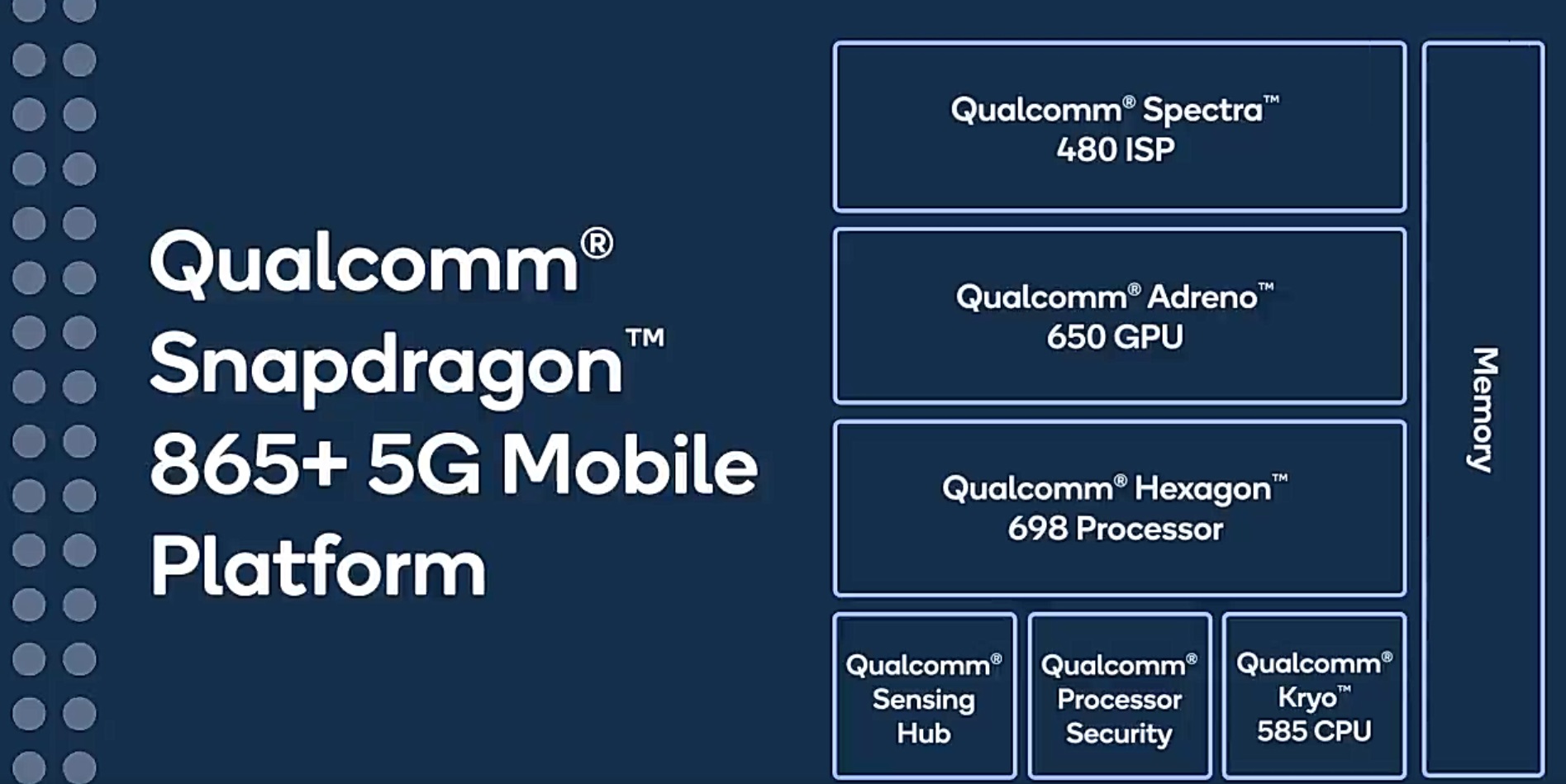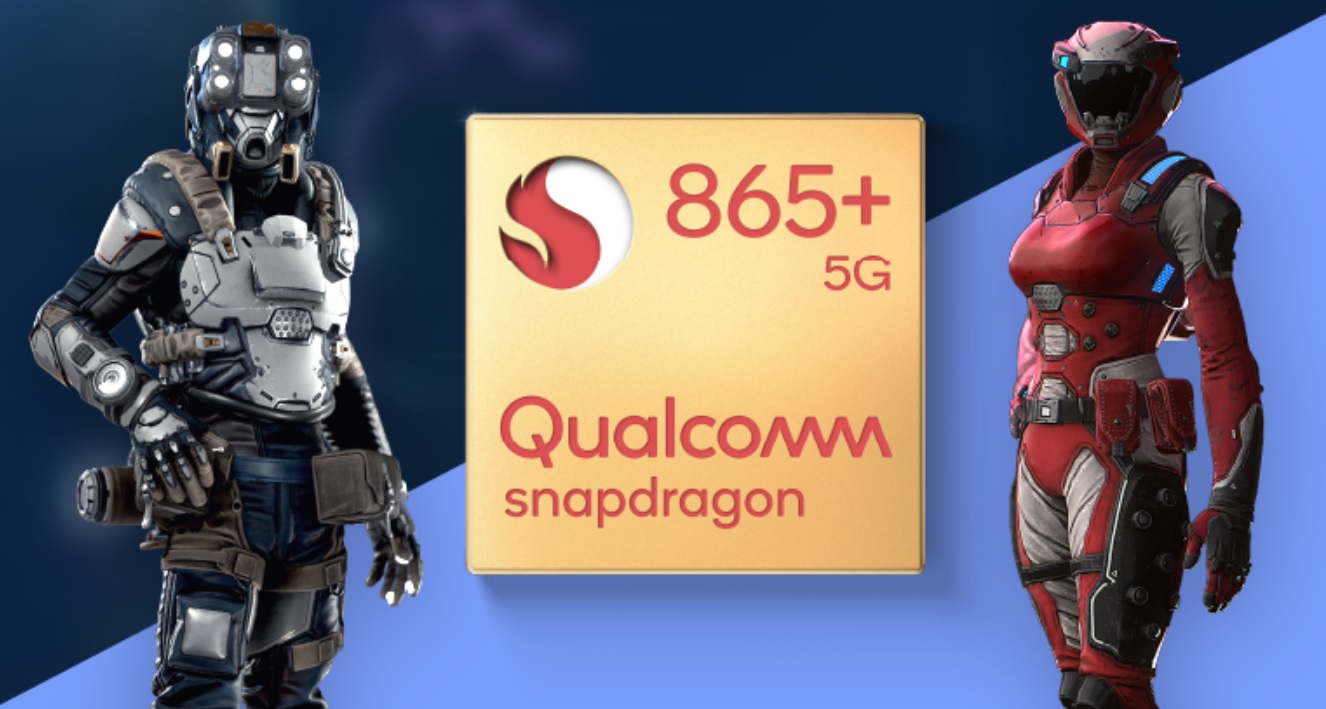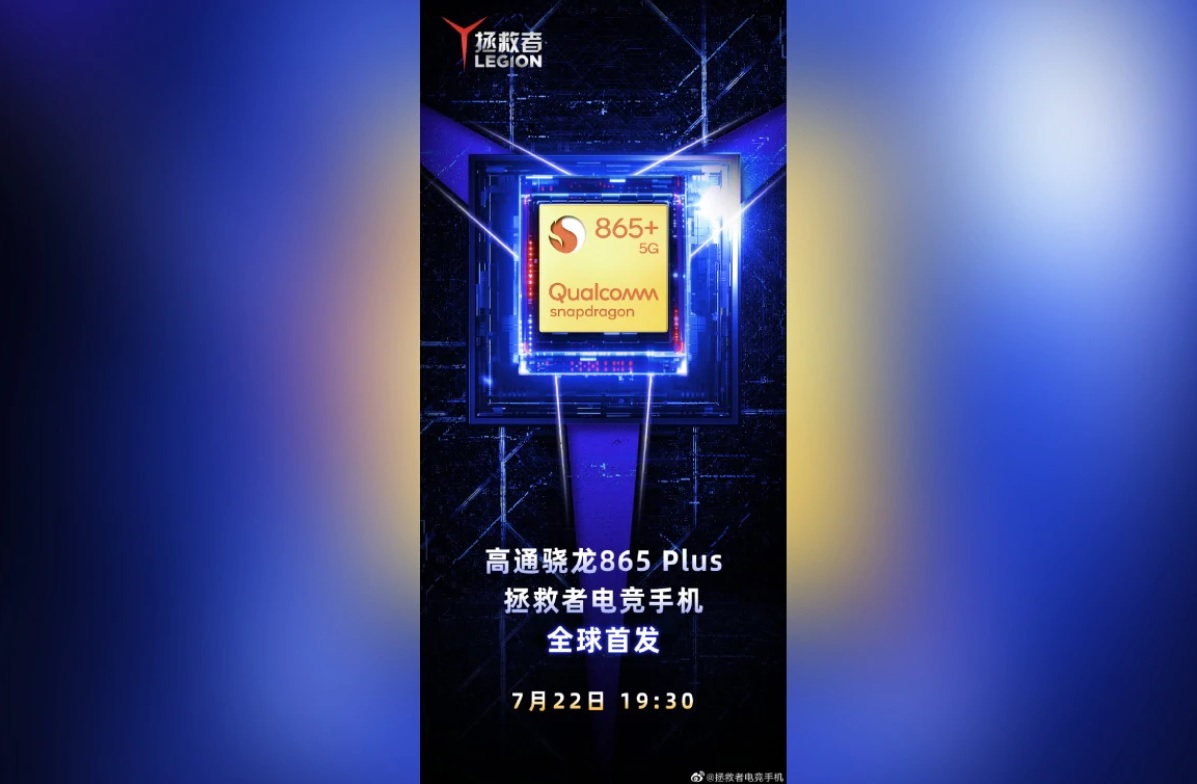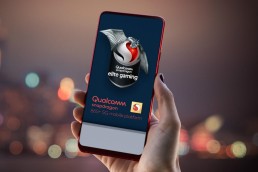Qualcomm’s New Snapdragon 865+ Platform Improves Connectivity & Boosts Gaming Performance
The Snapdragon 865+ is the first mobile SoC to break the 3GHz barrier.
It supports both Sub-6Ghz and mmWave 5G when paired with the X55 modem.
The Asus ROG Phone 3 and Lenovo Legion gaming phones will be the first to be powered by the new chipset.
TheQualcomm Snapdragon 865has been a successful mobile platform with over 140 design wins, powering major flagship smartphones of 2020. These include the likes of theOppo Find X2 Pro,Realme X50 Pro 5G,Samsung Galaxy S20-series,OnePlus 8-seriesand theXiaomi Mi 10. Now,Qualcommhas announced an update in the form of Snapdragon 865+ that will be powering someAndroidsmartphones this year.
Just like last year’s Snapdragon 855+, the new Snapdragon 865+ SoC is an incremental upgrade with improved CPU and GPU performance. One of the highlights of the Snapdragon 865+ mobile SoC is that it is the first one to break the 3GHz clock speed barrier. The chipset also brings improved connectivity, starting first with the Snapdragon 800-series.
Qualcomm Snapdragon 865+ SoC: Key Features
Bragging Rights for the Fastest Mobile CPU
Similar to the Snapdragon 855-series and the Snapdragon 865, the new and improved SoC is built on TSMC’s 7nm node and features a tri-cluster design. At the heart of the CPU, you have a custom Kryo 585 Cortex-A77-based prime core clocked at 3.1GHz. It is an impressive achievement for mobile silicon and brings a 10% performance improvement over the SD 865 platform.
The prime core is coupled with three Cortex-A77-based performance cores clocked at 2.24GHz, and four Cortex-A55-based efficiency cores clocked at 1.8GHz. The chipset also brings support for up to 16GB RAM – LPDDR5 with a maximum frequency of 2750MHz, or LPDDR4X with a maximum frequency of 2133MHz.
On the graphics side, there is the Adreno 650 GPU, which, Qualcomm claims, brings a 10% improvement over SD 865. However, the chipmaker did not reveal the clock frequency of the GPU. For context, the Adreno 650 GPU on SD 865 runs at 587MHz, so expecting the one on SD 865+ to be over 600MHz.

Connectivity: 5G, Wi-Fi 6E and Bluetooth 5.2
Qualcomm recentlyannounced the Snapdragon 690 mobile platformwith an integrated 5G modem which aims to bring next-gen connectivity at a more affordable price point. TheSnapdragon 765/765Gare other chipsets with integrated5Gmodems. But just like the SD 865, the SD 865+ also does not come with a built-in modem. For connectivity, smartphone makers need to pair an external Snapdragon X55 5G modem.
The modem supports both mmWave and Sub-6GHz, SA (standalone), and NSA (non-standalone) modes, along with TDD, FDD bands and Dynamic Spectrum Sharing (DSS). With support for global 5G multi-SIM, it can offer peak download speeds of up to 7.5Gbps and peak upload speed of up to 3Gbps.
Qualcomm has also included FastConnect 6900 on the 865+, which is an upgrade over FastConnect 6800 on the 865 SoC. It brings the latestWi-Fi 6E connectivitywhich works in the 6GHz band to deliver peak download speeds of 3.6Gbps. The chipset also comes integrated with the new Bluetooth 5.2 standard and support for aptX Adaptive audio codec. Lastly, support for USB Type-C and USB 3.1 is also present.
Up to 144Hz Display and 200MP Camera Support
Talking about the display, smartphones with 90Hz and 120Hz screen refresh rate are becoming common. OEMs using the SD 865+ can add a QHD+ display with support for a 144Hz screen refresh rate, or a 4K display with a 60Hz refresh rate. Support for HDR10 and HDR10+ is also present. The Nubia Red Magic 5G gaming phone powered by SD 865 already comes with a 144Hz screen refresh rate, and the same is expected from the upcoming gaming phones from Lenovo and Asus.

On the photography front, the SoC comes with a Spectra 480 ISP that can process up to 2 Gigapixels per second, or 200MP still photos. OEMs can add five different types of camera setups – a wide-angle, an ultra-wide-angle, a telephoto, a portrait and a macro lens. There is support for 4K video capture at 120fps, unlimited slow-motion 720p (960fps) video recording, and 8K video recording at 30fps. Supported video recording formats include HDR10, HDR10+ and Dolby Vision. Just like the SD865, the SD865+ also lets you record 4K HDR videos in Bokeh mode, where the subject in the video will be in focus and the background will be blurred.
Snapdragon Elite Gaming Takes Precedence
With mobile gaming on the rise, especially with games likePUBG Mobile,Call of Duty: MobileandFortnite, chipmakers are focusing on adding gaming-centric features. We have seen Snapdragon Elite Gaming on the 700- and 800-series chipsets over the past couple of years. But it is not a feature and more of user experience when playing games on mobile phones.

The user experience enhancements include ultra-smooth interaction with faster graphics rendering to remove janks and better graphics quality with support for 10-bit HDR gaming for realistic details. Qualcomm has also worked to offer immersive audio experience, and you can find smartphones that support Dolby Atmos and Hi-Fi capabilities for game audio. Lastly, the Snapdragon Elite Gaming also focuses on offering better online gaming with a network latency manager. These are the features that are built right within the platform.
Conclusion: Unlocking Potential for Gaming Phones
When Qualcomm announced the Snapdragon 855+ last year, gaming phones like the Asus ROG Phone 2 and Black Shark 2 Pro were the first to run on the platform. This year too, the Snapdragon 865+ mobile platform will make its way to the gaming phones first. The Asus ROG Phone 3 and Lenovo’s first gaming phone with Legion moniker will be powered by the SD 865+ mobile platform.

Both the gaming phones from Asus and Lenovo are set to debut on July 22. A lot has already been leaked about these phones, and they are expected to come withAMOLED displaysfeaturing 144Hz screen refresh rate, and 5G connectivity, among others. One of the interesting things about the Lenovo Legion gaming phone will be its side-mounted pop-up selfie camera, which is specially designed for gamers who live-stream their games.

Google has also been expanding its Stadia platform across the US, Canada and Europe. These are the major markets where 5G rollouts have already started. With Stadia, Google is looking to change the traditional video gaming market. It will allow you to stream and play games on any screen that you own, without having to download them. For this to work as promised, the Snapdragon 865/865+ platform with high-speed 5G or Wi-Fi 6/6E support and low latency connectivity will be a key driver.


